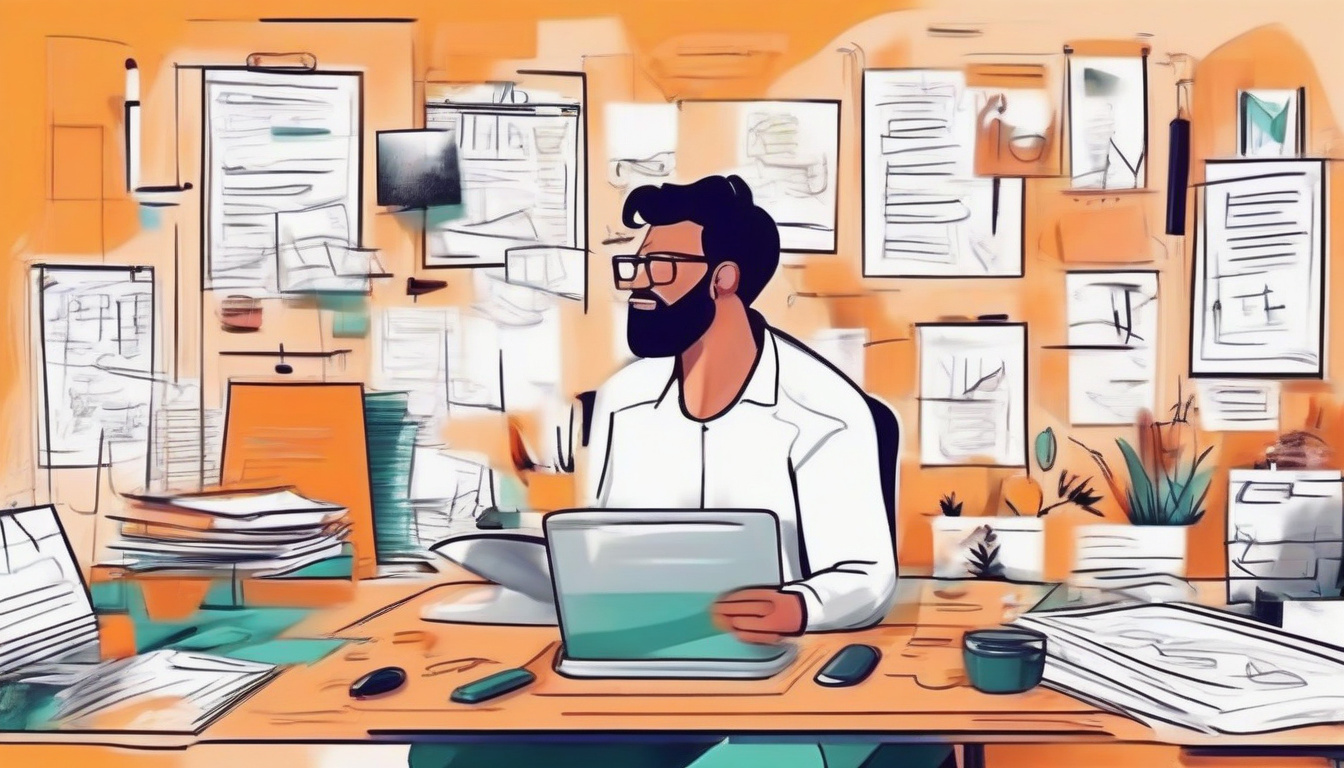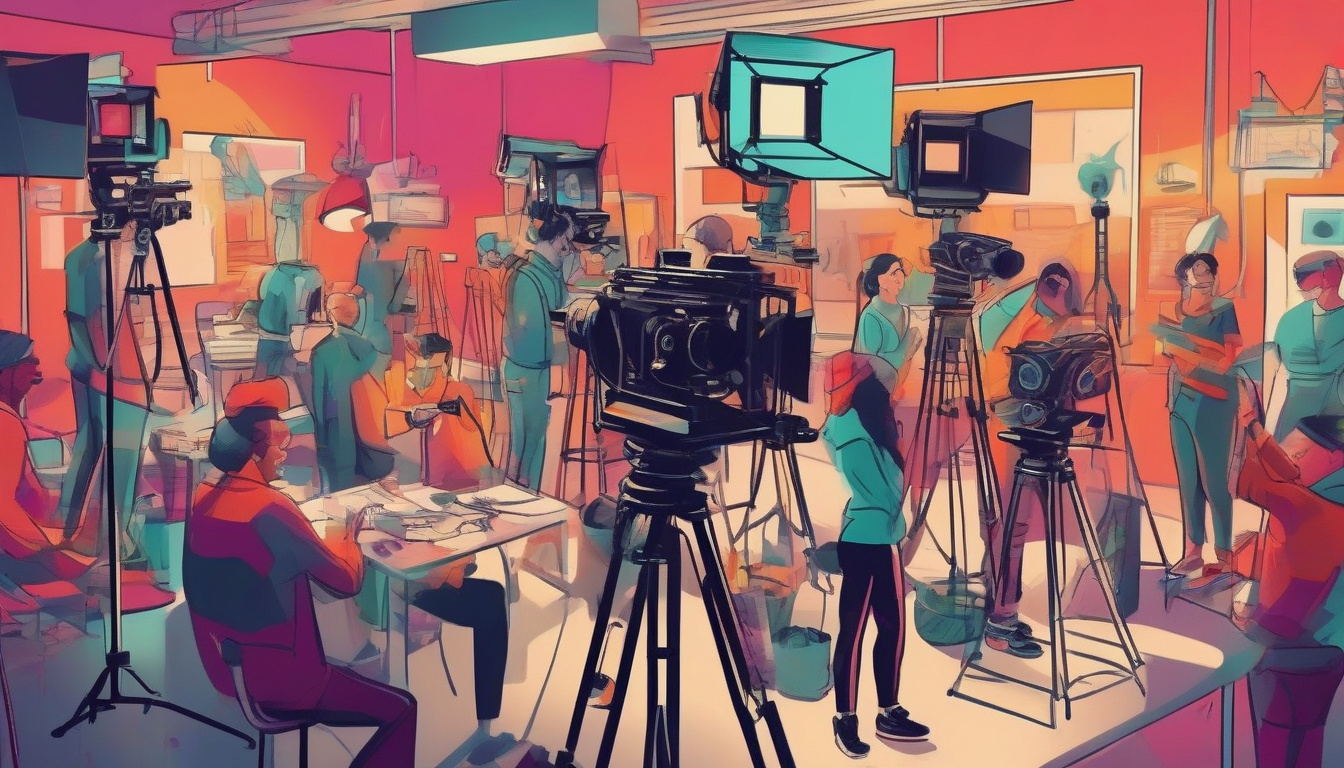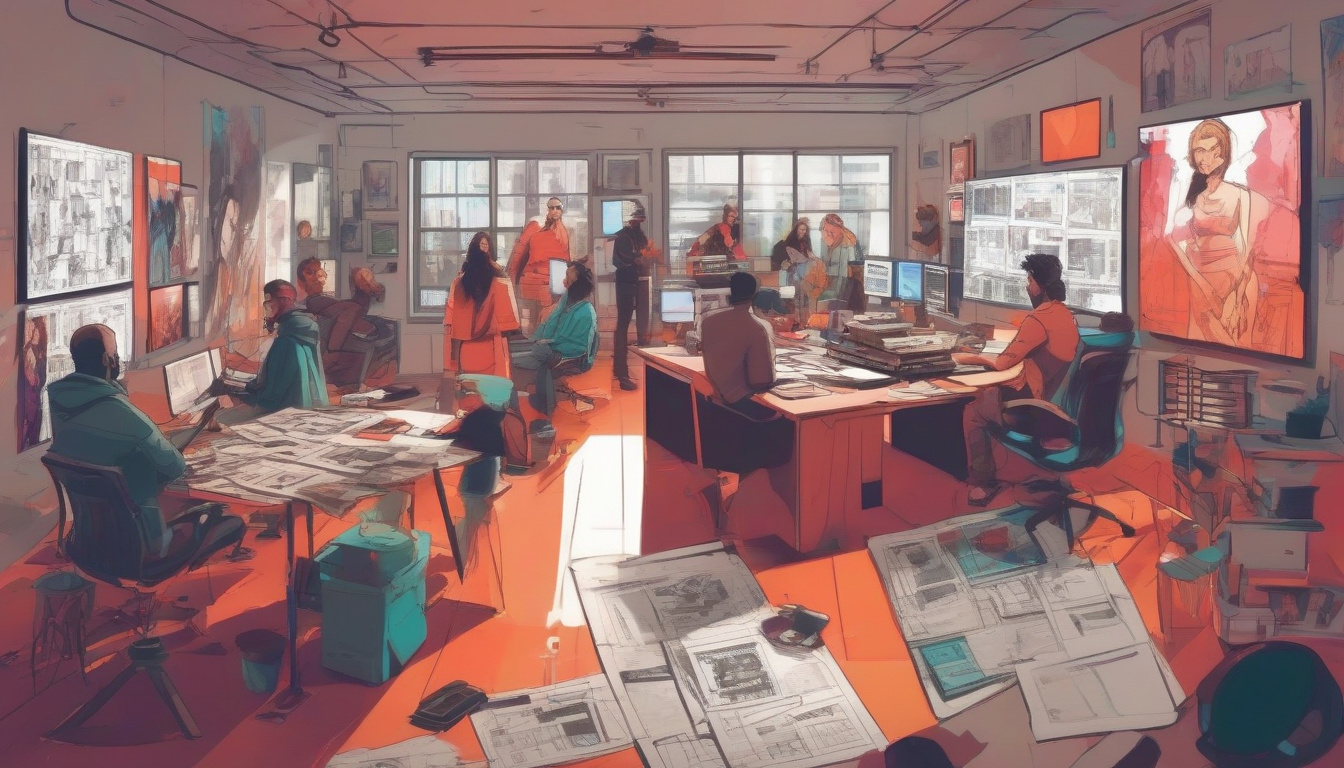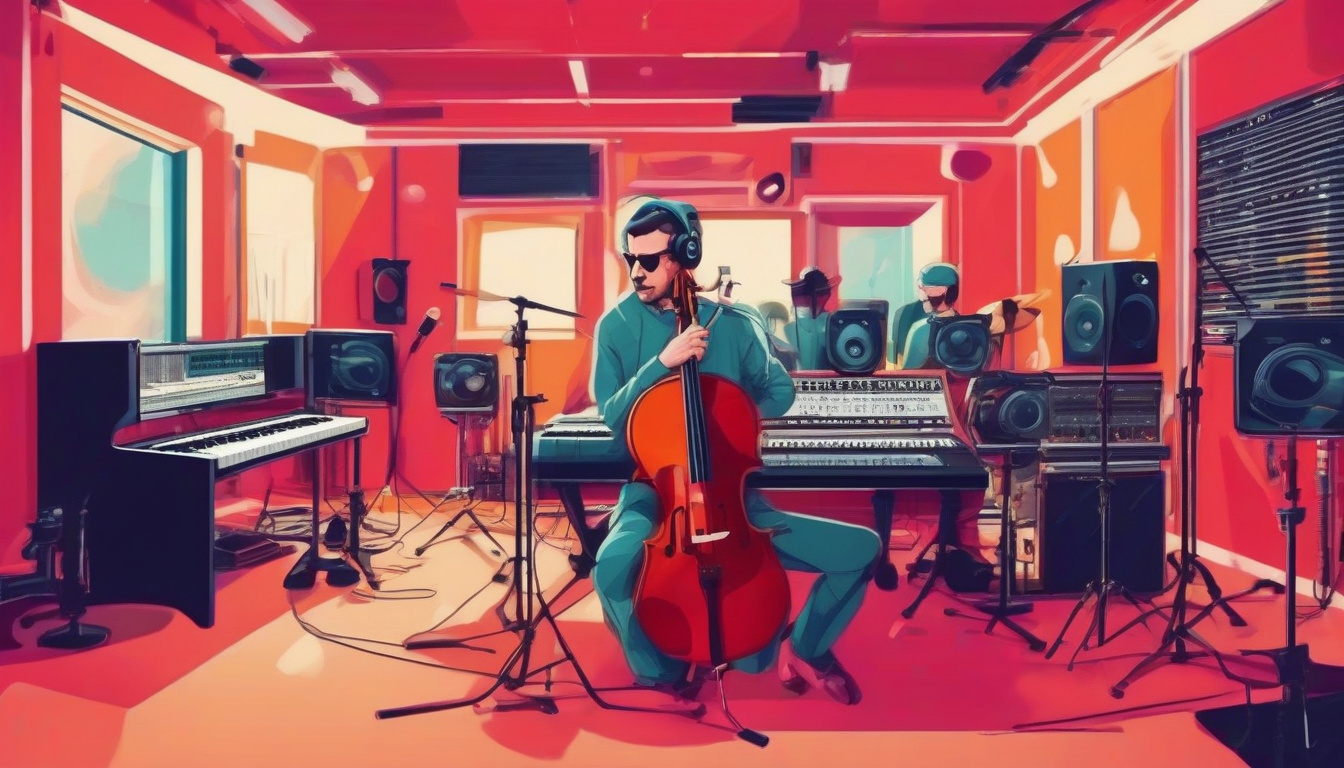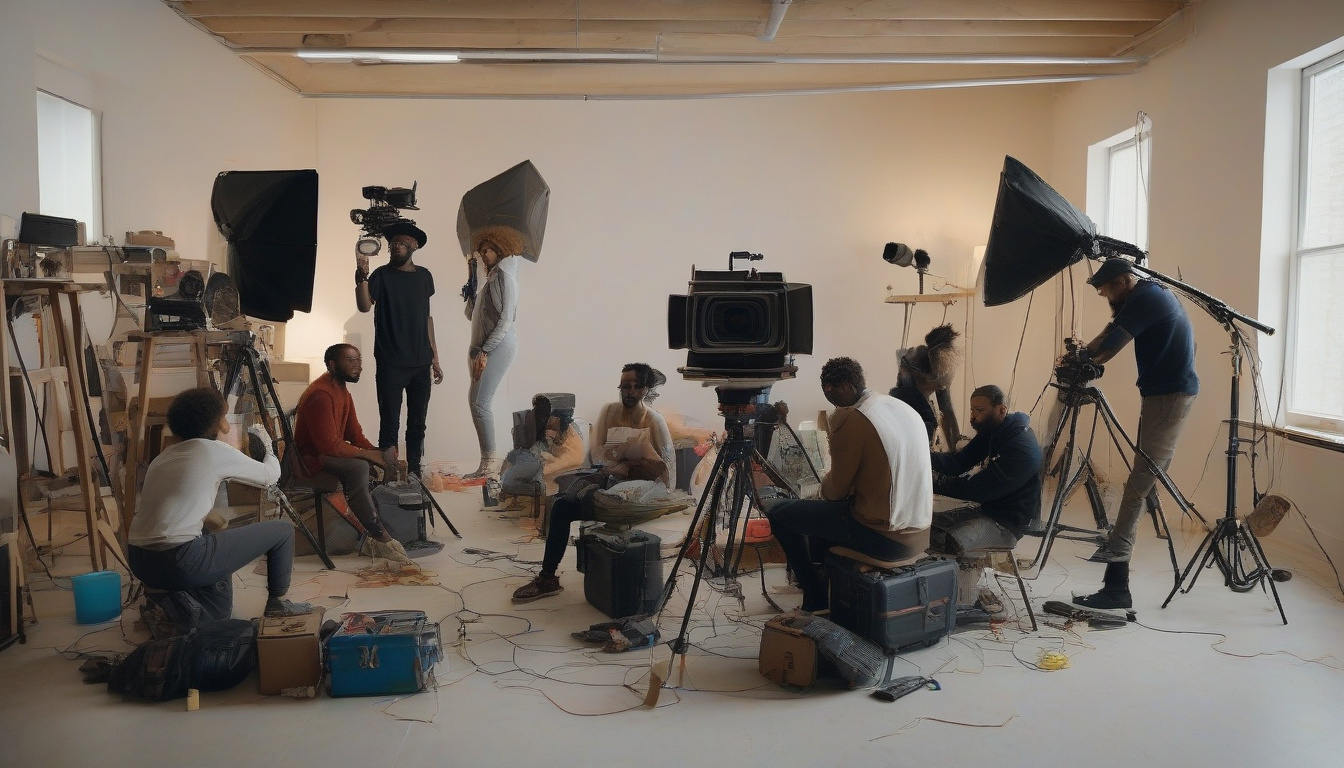
Introduction to Screenplay Security
In the world of film and television, a screenplay is not just a document, but a valuable asset. It represents creativity, hard work, and potentially, significant commercial value. With the increasing ease of distributing and replicating digital content, protecting your screenplay from unauthorized use or theft has become more important than ever. This guide provides practical steps you can take to safeguard your script and ensure your intellectual property remains your own.
Copyright Your Work
The first and most fundamental step in protecting your screenplay is to register it with the Copyright Office. Copyrighting your work provides a public record of your authorship, making it significantly easier to prove ownership. This legal protection is vital in the event of a dispute or if someone attempts to plagiarize your work. Although copyright exists from the moment of creation in a fixed form, registration strengthens your position, should you need to take legal action.
Use Non-Disclosure Agreements (NDAs)
Before sharing your screenplay with anyone—be it agents, actors, producers, or potential investors—consider having them sign a Non-Disclosure Agreement (NDA). An NDA is a legal contract that requires parties to keep information confidential. This agreement can protect your ideas by legally restricting the other party from using them without your explicit permission or sharing them with others.
Limit Distribution
Be cautious about how and to whom you distribute your screenplay. The digital age makes it incredibly easy to share documents, but this also means it’s easier for your work to end up in the wrong hands. Only send your screenplay to reputable and necessary contacts, and whenever possible, use platforms or services that offer tracking and control over who views your document.
Watermark Your Script
Adding a watermark to your script is a simple yet effective way to deter unauthorized sharing and copying. A watermark serves as a visual reminder that the document is copyrighted and not for distribution. It can be your name, the title of your screenplay, or a unique identifier. Most word processing and PDF software offer the ability to add watermarks to your documents.
Employ Digital Rights Management (DRM)
For added protection, consider using Digital Rights Management (DRM) technology. DRM tools help control access to your screenplay by restricting the ability to copy, print, or share the file. Some DRM solutions also allow you to set expiration dates for access or to revoke access remotely. While DRM can provide significant protection, it’s important to choose a solution that won’t overly complicate legitimate review processes.
Register with the Writers Guild of America (WGA)
Both the WGA West and WGA East offer script registration services to members and non-members. Registering your screenplay with the WGA can provide an additional layer of protection and a timestamped record of your work. This step is especially recommended if you’re in the early stages of pitching your script and want to ensure its security during the development process.
Be Mindful of Digital Footprints
Finally, be cautious about how much of your screenplay you share online, whether on social media, forums, or personal websites. Even small excerpts can be enough for someone else to claim as their own or to diminish the uniqueness of your idea. If you do share your work online, ensure it’s within a secure, controlled environment that limits who can view or download your screenplay.
Protecting your screenplay from theft requires a combination of legal, technological, and practical steps. By understanding and employing these measures, you can ensure your creative works are safeguarded, allowing you to focus on the art of storytelling without fearing the loss of your valuable intellectual property.

